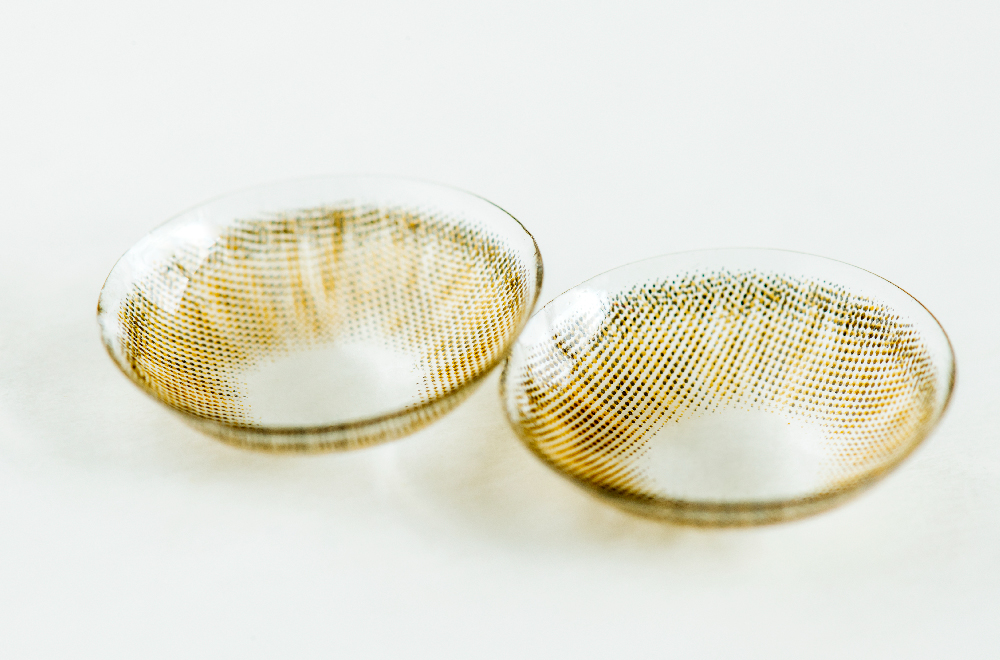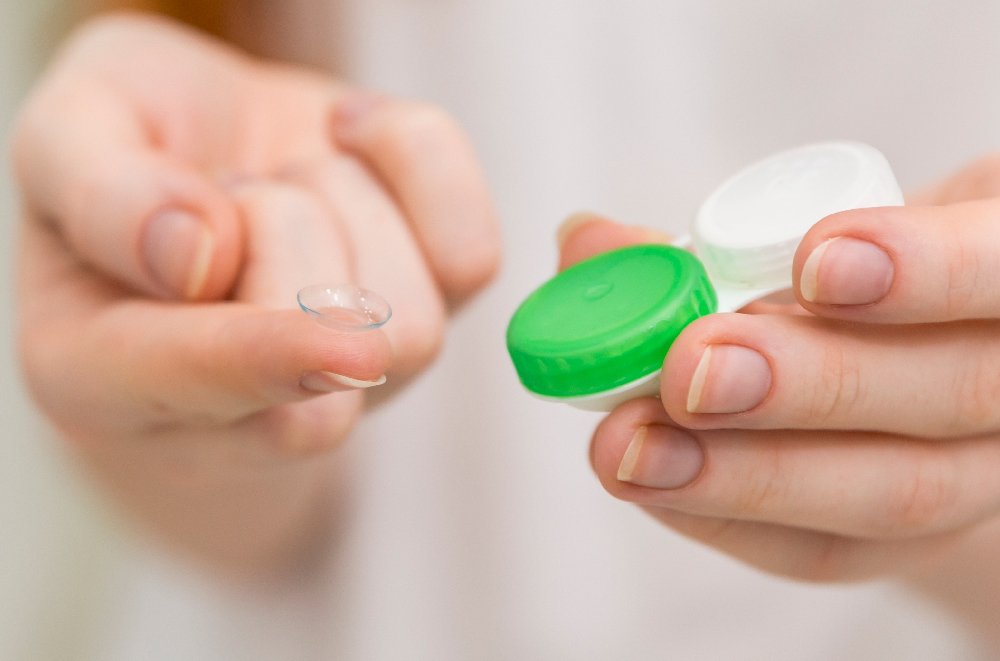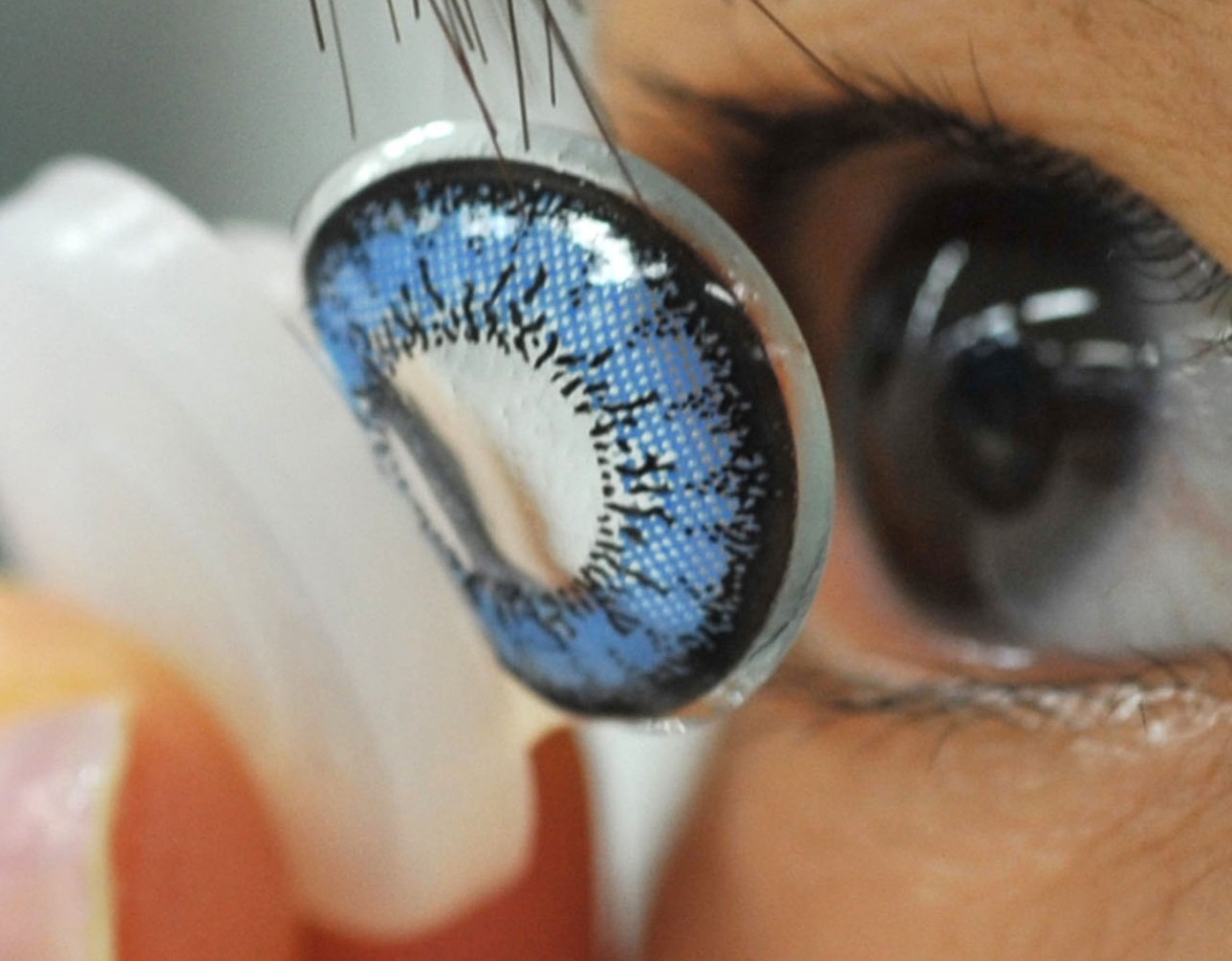You may have heard people are complaining subconjunctival hemorrhage caused by contact lenses. However, do you know most of the time it’s human mistakes who causes the misery? Let’s find out more.
Table of contents
Estimated reading time: 7 minutes
What Is Subconjunctival Hemorrhage?
A subconjunctival hemorrhage (SCH) is caused by a broken blood vessel in the eye. This common, ordinarily harmless condition occurs when a blood vessel just below the eye’s surface (also called the conjunctiva) ruptures and bleeds. If the conjunctiva can’t absorb blood quickly, blood gets trapped within, turning portions of the typically white sclera a bright red. In some instances, the entire sclera of the eye with an SCH may appear red.
An SCH can be caused by several things and usually resolves itself within about one to three weeks without any treatment. Although an SCH can be embarrassing, most people find that it does not leave behind any apparent, lasting damage.
Individuals with an SCH do not normally experience a change in vision or significant discomfort. They often report that the SCH only occurs in one eye. It should not cause discharge from the eye or result in considerable pain.
The most common issue reported is a scratchy feeling on the surface of the eye. If pain and swelling or loss of vision or recur, the patient should consult a doctor to determine the underlying cause.
What Causes A Subconjunctival Hemorrhage?
Unfortunately, the propensity for SCH increases with age and a range of diseases. Individuals over the age of 50 with degenerative, vascular disorders such as hypertension, diabetes, or hyperlipidemia, are particularly at risk.
This likely correlates with the use of anticoagulation therapy and the weakening of elastic and connective tissues under the conjunctiva. Individuals who use blood-thinning medications like aspirin and warfarin are prone to SCH as well.
Actions like violent coughing and sneezing, straining (often weight-lifting, for example), or vomiting can cause a blood vessel in the eye to burst. On the other hand, others may find that roughly rubbing the eye or trauma to the eye, like contact with a foreign object, may also cause an SCH.
Do Contact Lenses Cause Subconjunctival Hemorrhage?

Contact lenses, when properly worn, used, and cared for, do not inherently cause SCH. Unfortunately, in younger patients, improperly wearing contact lenses can cause trauma to the eye, which leads to a subconjunctival hemorrhage. The trauma can be caused by the contact lenses themselves and other associated factors.
Improper Insertion & Removal

Insertion of contact lenses is the most common occurrence of SCH. When the lens is inserted or removed incorrectly, often with an insertion device or long fingernails, minor tears to the limbus of the eye can occur, triggering an SCH.
Pinching contacts too hard to remove them or rubbing the eyes after wearing contact lenses can also precede an SCH.
A contact lens handler will definitely help in inserting or removing the contact lenses in a convenient way.

Over Wearing

Extended wear contacts are generally designed to be cleaned, disinfected, and stored each night throughout the recommended period of wear.
Soft contact lenses are manufactured to be disposed of on a weekly, bi-weekly, and monthly basis. After the lens’s stated life, the material may thin and become prone to tears or other types of inconsistencies.
When people wear contact lenses beyond the recommended wear period—whether through a desire to save money, inattention to detail, or other factors—the degraded contacts themselves can damage blood vessels.
As a result of long wear, soft, disposable contacts develop defects, particularly on the rim of the lens. These defects can inflict trauma to the conjunctiva.
Hard contact lenses and surface deposits that accumulate due to inadequate hygiene or improper storage can also prompt an SCH.
Read more: How long can I Wear Daily Contact Lenses? Are Daily Disposable Contact Lenses the Same?
Improper Hygiene

Consequently, it is imperative to clean and disinfect or discard soft contact lenses appropriately. They must also be safely stored between uses to secure proper hygiene until the next insertion. Wearing lenses beyond their stated life expectancy increases the risk of damage to the lens that can cause trauma to the eye resulting in an SCH. We shall not attempt to wear a compromised lens, often through a minor tear near the outside edge, to prevent an SCH.
Wearing contact lenses for an extended amount of time can also cause a condition called microbial keratitis. This infection facilitates bacterial transmission to the cornea via contact lenses. Sleeping in contacts or even taking a nap in them can cause an overgrowth of blood vessels to help the eyes source oxygen from other parts of the body. Unlike with an SCH, when these blood vessels break, they may leave permanent scarring behind.

Read more: Recommended Method of Hand Washing
When an SCH occurs in younger contact wearers, it does not often spread as haphazardly throughout the sclera due to healthy, elastic connective tissue. Still, patients at any age with hematologic disorders should not wear contact lenses because of the potential for SCH.
Read more: Can my Child Wear Colored Contact Lenses?
Since the contact lens is designed to float over the cornea of the eye, a separate area from the conjunctiva where the bleeding in an SCH occurs, it usually is safe to continue wearing contact lenses. Many wearers may find it necessary to use re-wetting drops in case of irritation. Contact lens wearers should refrain from wearing them when trauma causes the SCH and is accompanied by swelling.
What Else Can Cause A Subconjunctival Hemorrhage?
Although trauma to the eye can by contact lens wear or another type of injury to the eye, it is most common in individuals under 50 years old. With age, the risk factors for SCH skew heavily towards degenerative, systemic vascular diseases.
In addition to those listed above, sudden severe venous congestion, arteriosclerosis, and systemic hypertension can also cause SCH on a recurring basis if left unchecked or improperly managed.
Conclusion
SCH typically occurs with some injury or trauma to the sensitive, delicate tissue in the eye, therefore they are often difficult to prevent. Most SCH will resolve on their own, without intervention in one to three weeks.
In people under 50 years old, those who wear contacts experience a slightly elevated risk of an SCH. Contact lens wearers who practice good hygiene and routinely disinfect and store their lenses properly should not experience any issues if they follow the manufacturer’s instructions for use and replace lenses as required.
Your eyes are precious, get a contact lens cleaner to do the contact lens cleaning.
Time to replenish Contact Lens Solution?

Read More:



